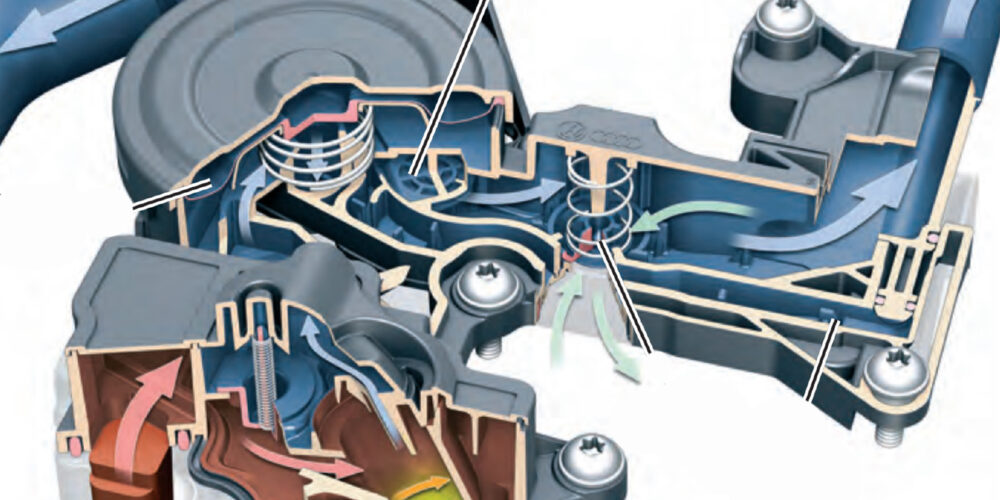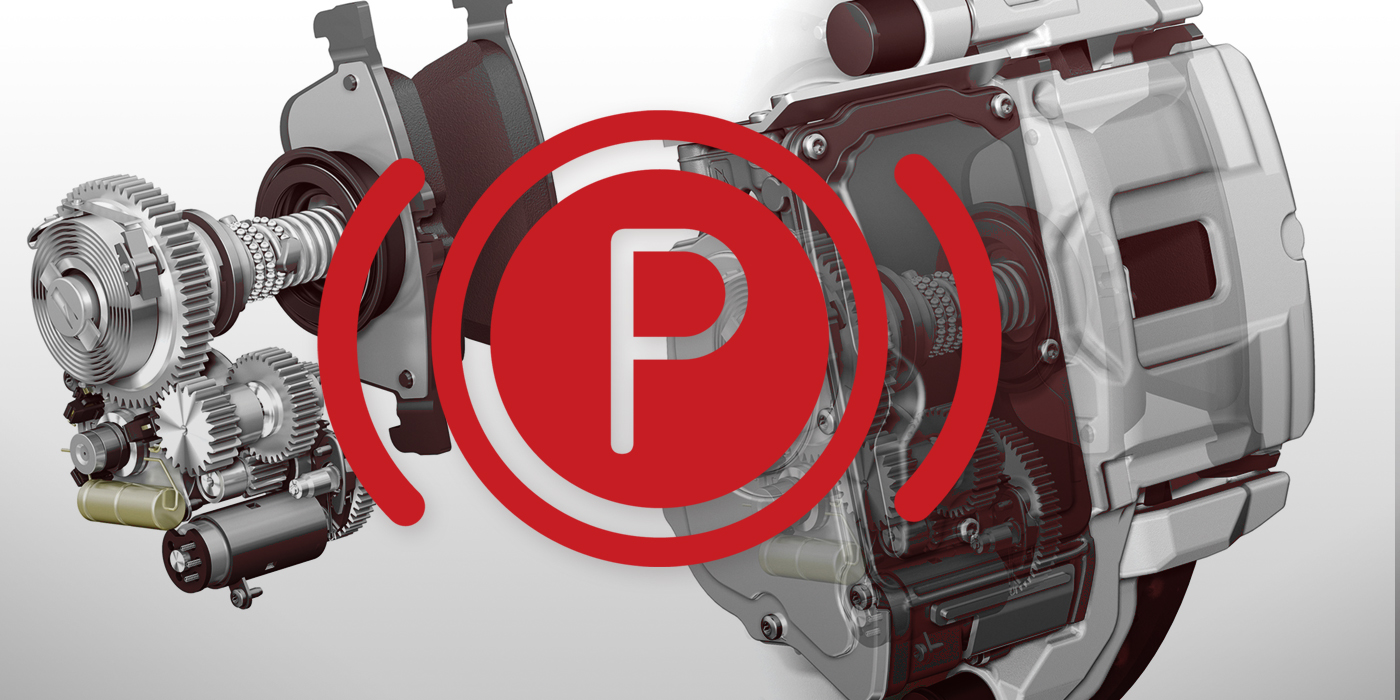This time I’m going to present some basics about slip angles and how they affect you and your tire customer.
Let’s begin by considering a car going through a corner. As the car progresses through the corner, there is centrifugal force acting on the car (and its passengers), which tends to pull the car toward the outside of the turn.
No matter, the car does not slide off the road, but instead continues around the corner until it reaches the exit. The reason for this is there is a frictional force that opposes or counteracts the centrifugal force. This frictional force is called “cornering force,” and is generated at every point at which the vehicle touches the road.
Thanks to today’s technology, there are many tread blocks cut at different angles and a lot of tread void to help get rid of water, snow, mud, etc. In other words, the chances of slipping off the road are less today than they were 20 years ago.
Still the laws of physics don’t change and tire engineers are completely attuned to changes they employed in 2009 compared to 1979. It’s a world of difference, but still the same in so many ways.
For example, tires – and only tires – can generate cornering force since they are the only part of the vehicle that actually touches the road surface.
In fact, every cornering force, braking force, acceleration force and even the weight of the car is transferred to the road surface through its tire footprint.
Cornering force is the most important part of handling because a vehicle cannot go around corners without it. There are two ways in which a tire can generate cornering force. The most important of these is through the use of a slip angle.
Slip angle is defined as the angle between the direction that the tire is pointed and direction that the tire is actually traveling. If you’ve experienced serious oversteer or understeer, it can be a scary drive.
The second way a tire can generate cornering force is by camber thrust, which we’ll explain at a later date.
Next, let’s look at several examples to try to understand the relationship between cornering force and slip angle. If a tire is rolling straight ahead, it is traveling the same direction that it is pointing. By definition, this is zero slip angle (and therefore zero cornering force). A tread element entering the footprint will travel through the footprint on a path parallel to the direction of travel. Theoretically, straight and true.
When a tire is cornering, the direction that the tire is pointing will not be exactly the same as the direction it is actually traveling. The difference between these directions is the slip angle.
To make this all work in everyday driving, tread elements must deflect away from the tire centerline, generating a small cornering force. The farther the elements deflect, the more cornering force they generate. Adding up the cornering force of each individual tread element results in the total cornering force of the tire.
Sum of Forces
It’s hard to get your brain around some of this, but stay with me.
We know that slip angle and the amount of slip angle generated is dependent on the forces required to turn the vehicle. Since the centrifugal force of a turning car is dependent on its speed, the slower the car turns a corner, the lower the slip angle will be. As you might guess, there are both small slip angle situations and large slip angle situations.
Centrifugal force is also determined by the radius of the curve. So, if two corners are driven at the same speed, a gentle bend in the road will require less slip angle than a very sharp turn.
But what happens to the forces in the footprint when a sharp corner is taken at higher speeds? For openers, the slip angle becomes so large that the tread elements at the rear of the footprint cannot deflect far enough and they begin to slide on the pavement.
Since less force is actually required to keep an element from sliding than was required to get it to begin sliding, the footprint will not generate maximum force.
The sum of these forces has now shifted toward the front of the footprint, which reduces self-aligning torque. This effect reduces the effort needed to hold the steering wheel at its turned position.
In other words, the cornering force a tire generates depends on the slip angle. We see that as the slip angle becomes larger, the forces become higher – but only to a point.
Max Cornering
At the tire’s maximum cornering force, an increased slip angle will result in a reduction in the cornering force. But slip angles this large are seen only rarely by most motorists, such as an accident avoidance maneuver.
Large slip angles are the rule for racing, though, and a race driver must be able to drive near the peak cornering force. Drivers who corner using slip angles far past the point of maximum corning are over-driving their tires.
Note that a tread block generates its maximum cornering force just as it begins to slide. You might have figured out that the tread blocks at the front of the footprint haven’t been deflected enough to generate maximum cornering force, while at the back they are slipping too much.
There is only a small area near the middle of the footprint that is generating maximum cornering force. Engineers call this the “pneumatic trail” and a driver can tell when this trail has decreased significantly, meaning a reduction in self-aligning torque.
In some cases, the cornering force can move ahead of the axle centerline, which would tend to turn the steering wheel even more into the turn.
In the Design
In order to design a tire to generate high cornering forces, the area in which the tread blocks generate maximum cornering force must expand to be a larger percentage of the footprint. A low-aspect ratio tire has what is needed: a wider, shorter footprint. Even though the total footprint area itself isn’t any bigger, a low-aspect ratio tire has the right footprint shape to optimize cornering forces.
A low aspect-ratio tire has a much larger middle footprint, which permits more tread blocks to generate maximum cornering force.
That’s why a 40-series tire can generate more cornering force than a 50-series tire and far more than a 70-series tire even though it doesn’t put any more rubber on the road.
To wrap up a rather difficult subject, try to understand why a Mustang GT exhibits different handling characteristics than a Camaro Z-28. Why does one tire exhibit different handling characteristics than another? What is handling?
Simply put, it’s all about cornering force and slip angles. But, in fact, the reality of the engineering that goes into slip angle and handling is very complicated and can be confusing.
Remember, too, that when you’re talking to your customers, remind them that a standard tire’s footprint is considerably smaller than an 8×11 piece of paper.
It’s only because of things like slip angle and cornering force that engineers can turn four small patches of tread into safe transportation.
By Steve LaFerre
Senior Editor
TIRE REVIEW













